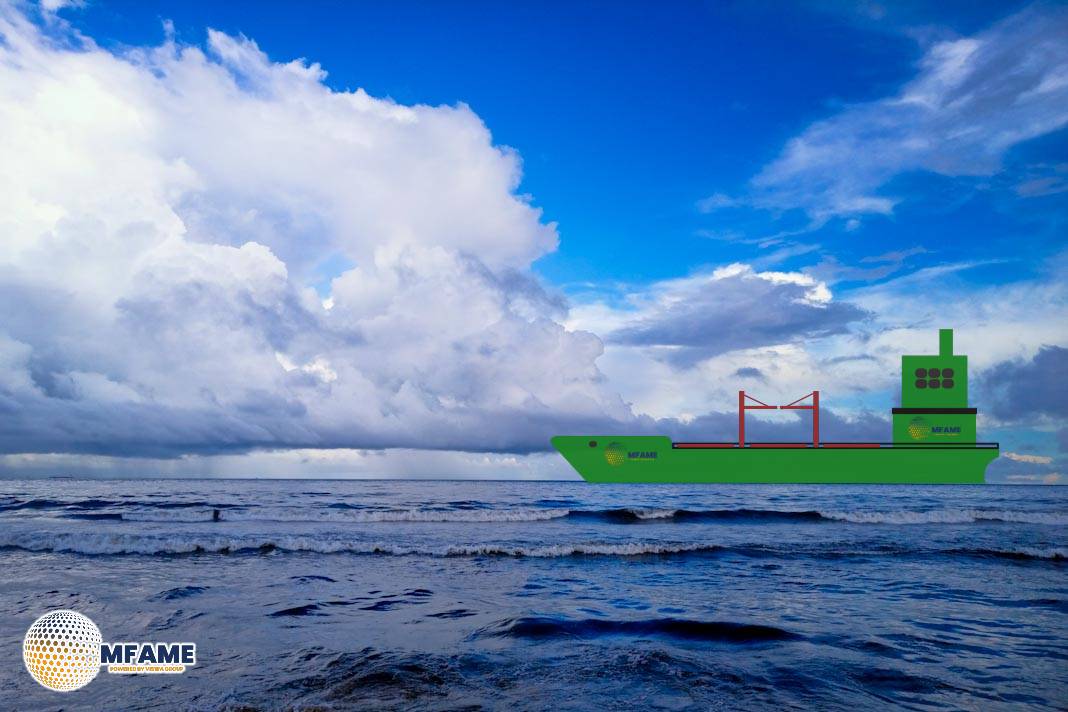- Fleet Expansion Continues with Nearly 275 LNGCs Delivering by 2027.
- Liquefaction Projects to Absorb Surplus, Boost Demand Post-2027.
- 150–250 New LNGCs Needed by 2030 as FIDs Accelerate.
LNG shipping is experiencing a significant surge in fleet growth, with deliveries lined up all the way through 2027. According to Drewry, we can expect 89 new LNG carriers to join the fleet in 2025, followed by 94 in 2026 and 92 in 2027. This expansion will boost the fleet size by 9.6% in 2025, which should keep freight rates relatively low through 2026. After 2027, we anticipate some rebalancing as new liquefaction capacities come into play, reports Drewry.
Under-Construction Projects to Absorb Excess Fleet
There are over 170 million tons per annum (mtpa) of liquefaction capacity currently under construction, set to be operational by 2027, which will help absorb the surplus of vessels. On top of that, more than 200 mtpa of planned projects are expected to reach Final Investment Decisions (FIDs), further increasing the demand for vessels.
Long-Term Charters Signal Future Orders
Roughly 75% of LNG carrier orders are linked to long-term charters, many associated with LNG projects that are still under construction. This trend is likely to persist, with companies like Venture Global planning to order up to 12 LNG carriers in 2025-26 after securing FID for the CP2 LNG project (20 mtpa) in July 2025.
Estimated Future Demand: Up to 250 LNGCs by 2030
Drewry estimates that we’ll need an additional 150 to 250 LNG carriers by 2030, depending on base and high-demand scenarios, driven by the growth in LNG production and long-term contracts.
Older Ships Face Scrapping Amid Surplus and Regulation
With earnings declining and an oversupply of vessels, shipowners are being pushed to scrap or convert older ships. We expect demolitions to rise sharply starting in 2025, peaking around 2028. The increasing pressure for environmental compliance and the declining age of vessels will pose challenges for older steam carriers, particularly those over 15 years old.
Limited Life Extension for Steam Carriers
While some believe that steam carriers might still be in operation beyond 2030, Drewry anticipates that most will be scrapped. Only about 15% of steam LNG carriers are under 15 years old and could potentially serve in short-haul trade, though this remains uncertain. By 2030, we expect stricter scrutiny of DFDE/TFDE.
Fleet Renewals Already Underway
Companies like MOL and QatarEnergy are taking proactive steps to renew their fleets, ensuring they meet IMO regulations while also replacing older, less efficient vessels.
Trade Patterns Shifting Towards Long-Haul Routes
Looking ahead to post-2030, the LNG trade between the US and Europe is anticipated to decline as Europe prioritises its net-zero goals. In contrast, demand in Asia is expected to surge, potentially accounting for over 70% of global LNG trade by 2040.
Longer Routes, Higher Tonne-Mile Demand
The transition to US-Asia LNG trade will lead to longer shipping routes, which in turn will boost tonne-mile demand and enhance vessel utilisation. Additionally, the rise of new LNG terminals and the evolution of trade routes will further drive the long-term need for modern LNG carriers.
Did you subscribe to our daily Newsletter?
It’s Free Click here to Subscribe!
Source: Drewry


















